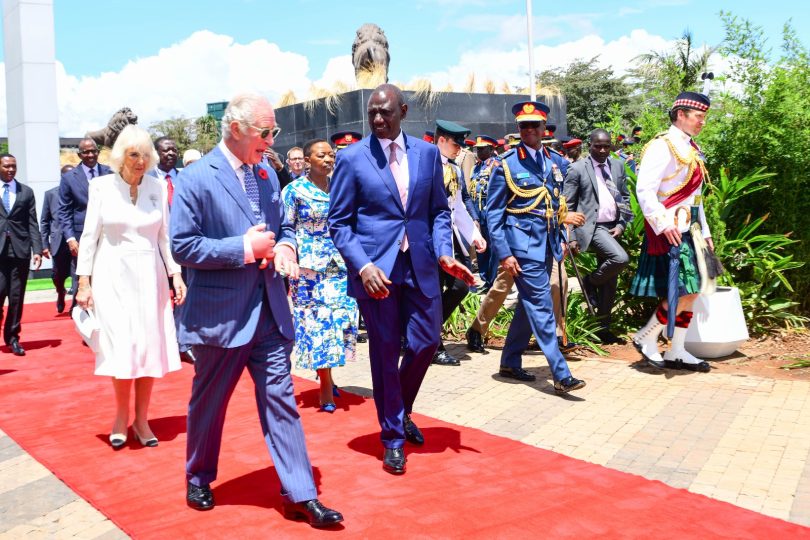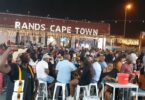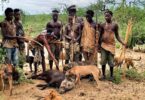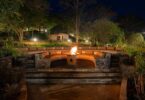The first week of November will profoundly live in the minds of the whole world, courtesy of the places King Charles III visited in Kenya.
King Charles III was in Kenya for four days accompanied by Queen Camilla for a series of bilateral engagements with the Kenyan government. Kenyan President William Ruto together with First Lady Rachel Ruto welcomed the British monarchs to the country. Military honours welcomed the King at State House before he started his official business in Kenya.
President Ruto announced that the King’s visit was crucial to Kenya efforts to improve relations with the UK government moving forward. The historic ties between the two nations have facilitated advancements in trade and investments, fostering steady growth. Their collaboration spans key domains including defense and security, education, and climate change, ensuring a shared and promising future.
Amid all these talks, the British Majesties enjoyed visiting the following places in Kenya.
Table of Contents
State House
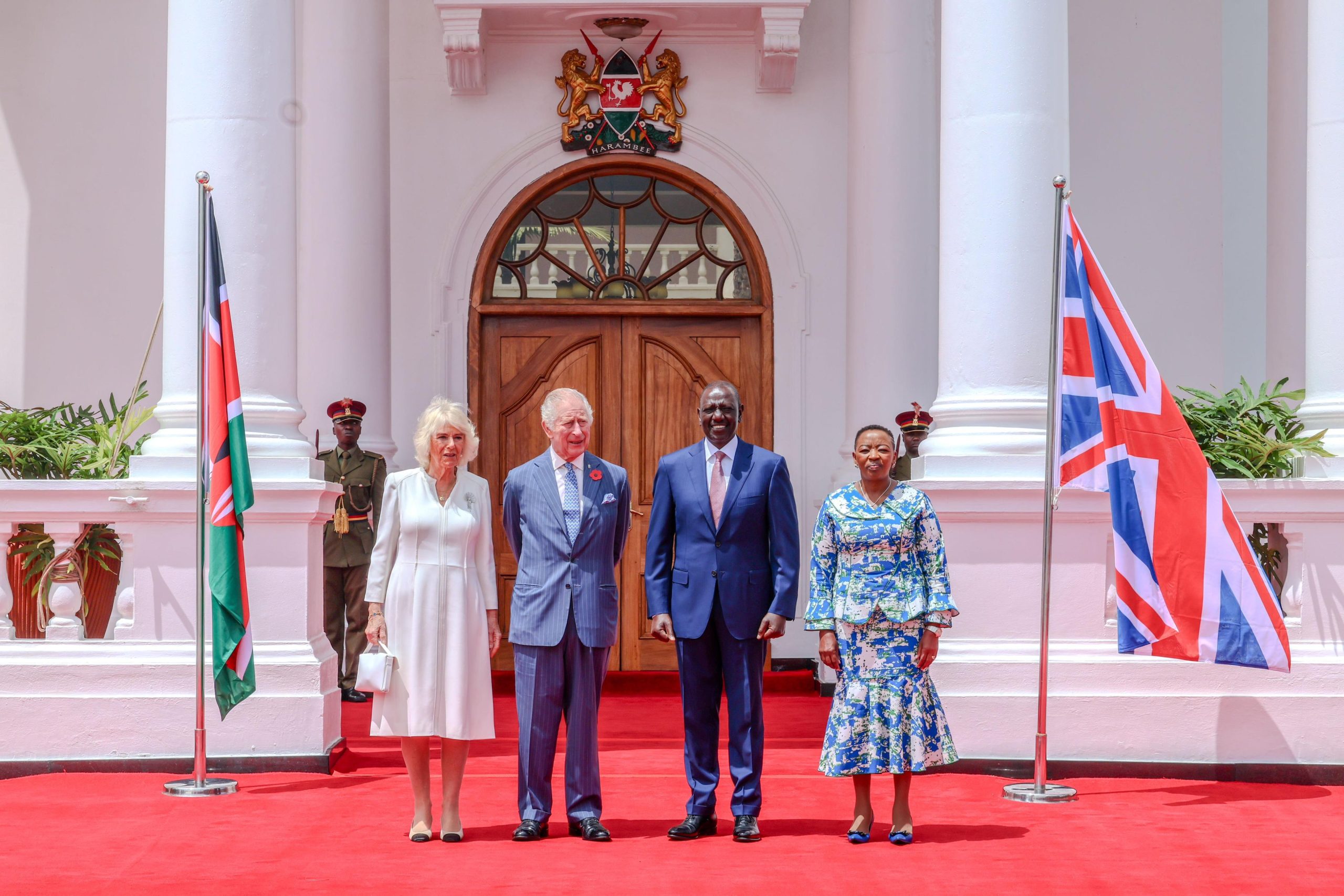
British monarch King Charles III inspecting a Guard of Honour by the Kenyan military at State House in Nairobi. Photo: William Samoei Ruto/X
King Charles III and Queen Camilla had a great time at State House Kenya in Nairobi. The King got full military honours during a military ceremony parade during the day. He would later have a tete-a-tete with Ruto on various issues, among them climate change, which the Kenyan President is so passionate about.
The Royals later interacted with other high-profile guests during a State Banquet in the evening.
Uhuru Gardens
King Charles III visited Uhuru Gardens in Nairobi and laid a wreath on one of the tombs. The gardens in the Kenyan capital hold a significant historical essence as a national monument and museum. It commemorates Kenya’s independence from the British Empire on December 12, 1963. The name “Uhuru” is derived from Swahili, meaning “freedom.”
Thus, Uhuru Gardens played a pivotal role in Kenya’s journey to nationhood and represents the struggles and aspirations of the Kenyan people. The park was officially opened to the public on October 20, 1964, by Kenya’s first president, Mzee Jomo Kenyatta, who was a prominent leader in the fight for independence. This inauguration symbolized the official recognition and celebration of Kenya’s newfound freedom.
Designed by Kenyan architect Henry Muoria, Uhuru Gardens is considered one of the most important national monuments in Kenya. It encompasses a variety of monuments and memorials, each with its own historical significance. The Independence Monument, a 24-meter-tall obelisk, stands as a prominent symbol of the day Kenya achieved independence. The Freedom Torch, represented by a lit flame, embodies the enduring spirit of freedom and independence.
The Kenyatta Mausoleum serves as the final resting place of Kenya’s first president, Mzee Jomo Kenyatta, who was instrumental in leading the country to independence. It is also of monumental importance for Britain, given its relations to Kenya. That is why King Charles III visited it.
Kariokor Cemetery
Kariokor Cemetery is one of the places that the king also visited. This cemetery is the Commonwealth War Graves Commission cemetery at the heart of Nairobi with over 2,000 service personnel graves, most of them being British who fought in World War I and World War II. Established in 1915, it is a burial ground for British and Allied soldiers who died during the East African Campaign of World War I.
After the war, the cemetery was expanded to include the graves of service personnel who died during World War II. Karikor Cemetery’s relevance to British history is what made the King visit and pay his respect to the fallen soldiers.
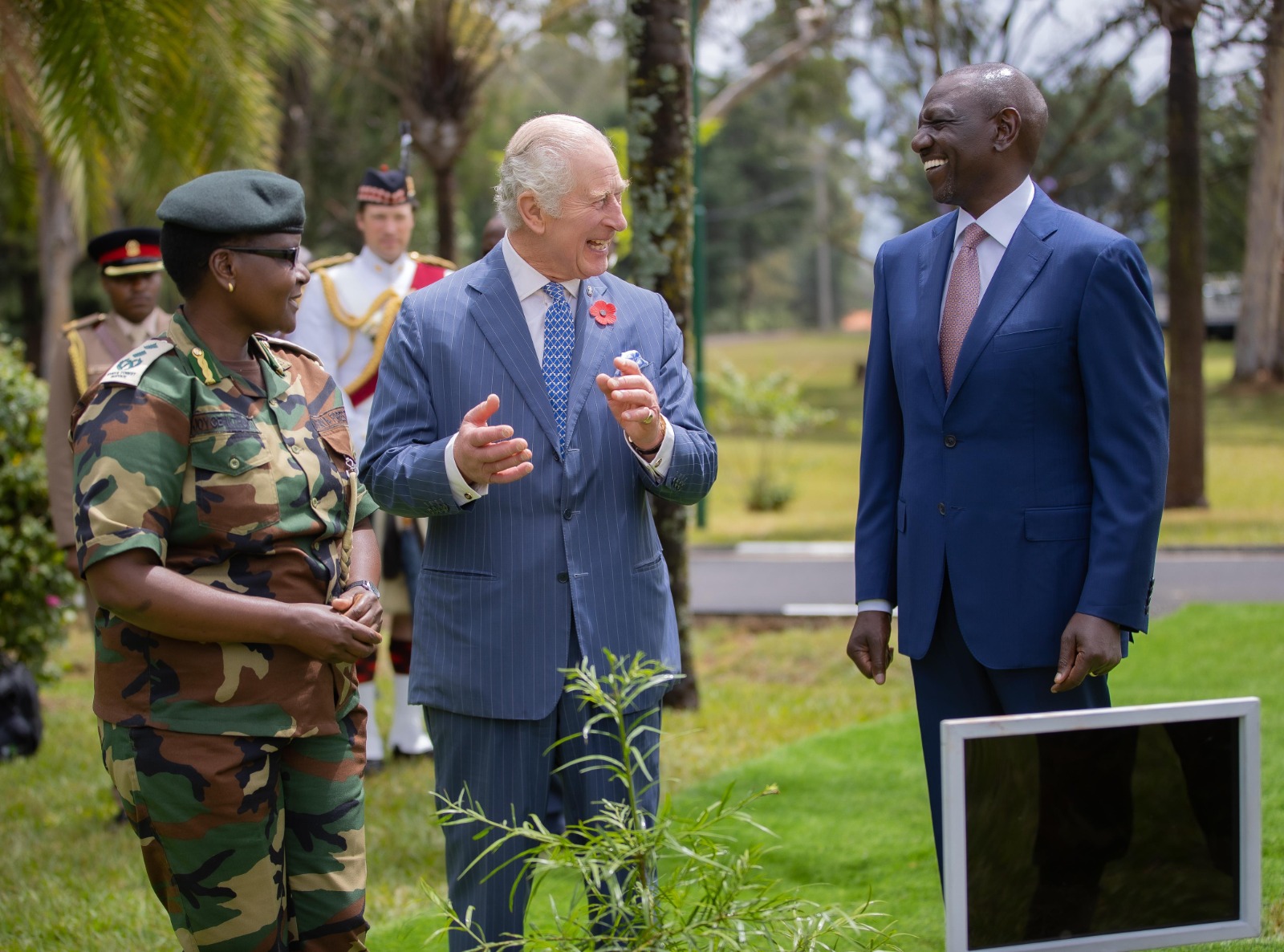
King Charles III with Queen Camilla and President William Ruto. Photo/William Ruto/X
Sheldrick Wildlife Trust
Angela Sheldrick welcomed the Majesties to the Trust’s Nairobi Nursery where orphaned elephants live. Sheldrick Wildlife Trust is based at the iconic Nairobi National Park. It takes care of orphaned elephants while rehabilitating others subject to trauma from poaching.
Animal Welfare Firm Brooke East Africa (BEA)
Brooke East Africa deals with donkey welfare and Queen Camilla is a big advocate and patron of donkey rights. Her presence at the facility gave her a deeper understanding of what donkey and animal rights in Kenya entail.
Mtongwe Naval Base Mombasa
King Charles III accompanied Ruto to the Mtongwe Naval Base in Likoni, Mombasa. The Likoni channel hosts a Joint Kenya-UK Naval Marine Training Demo. UK marine soldiers train with Kenya’s navy officers in a joint programme led by commanders UK Naval command and Kenya Navy.
Mtongwe marked the end of places that King Charles III visited in Kenya during his recent visit. He boarded his Royal Air Force plane at the Moi International Airport and jetted back to the United Kingdom.


